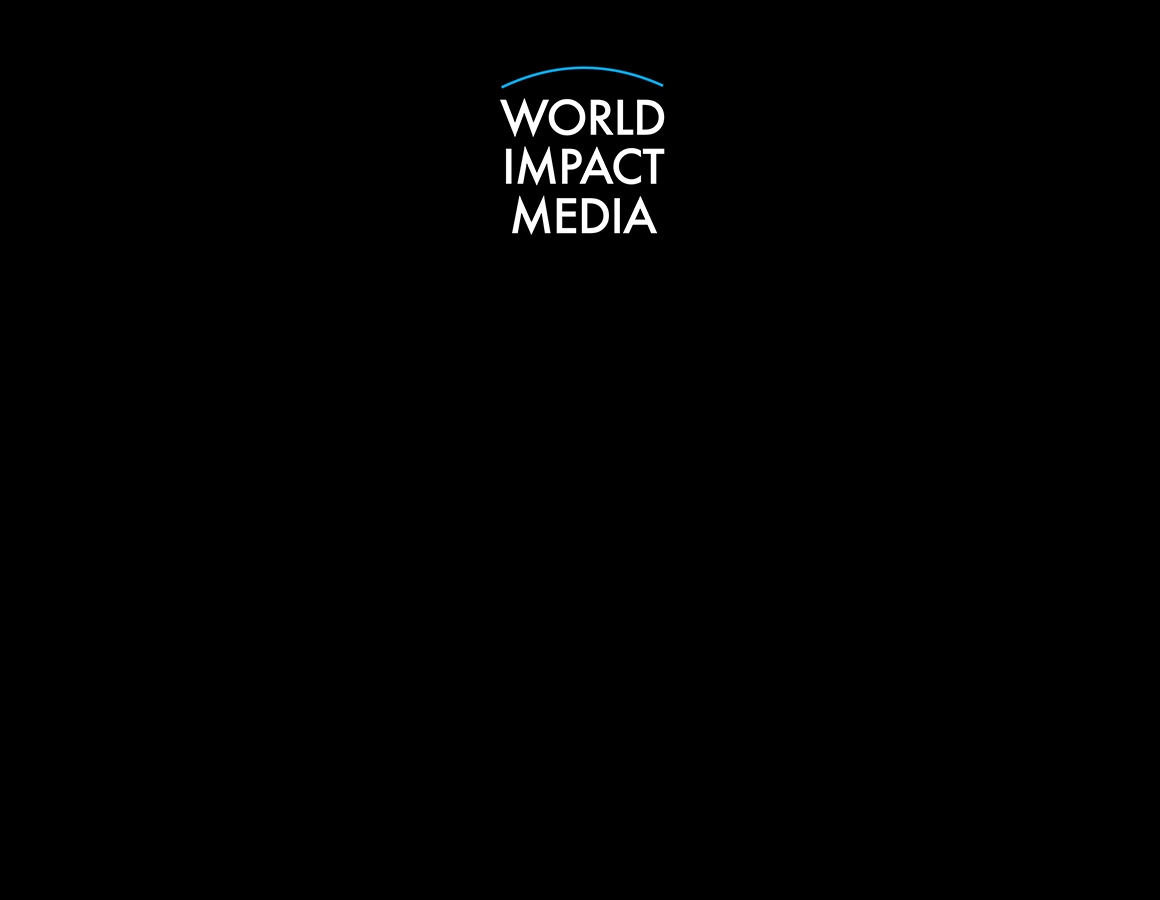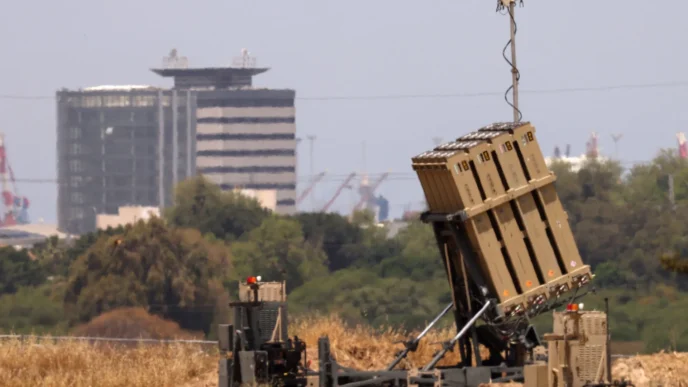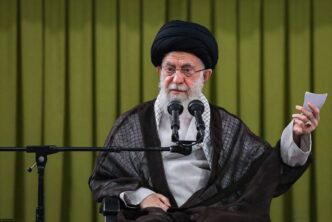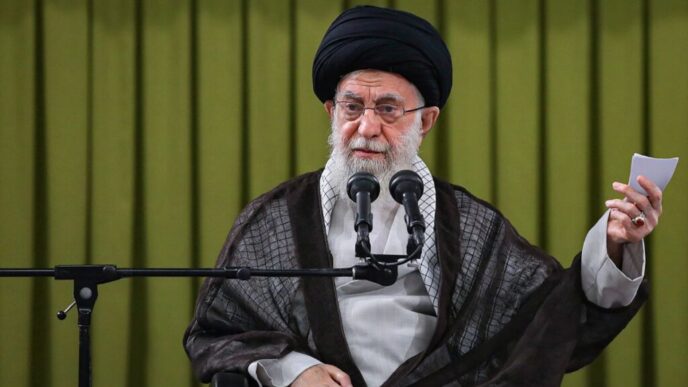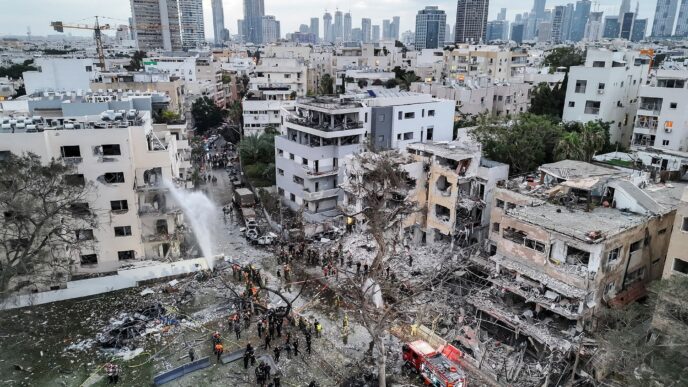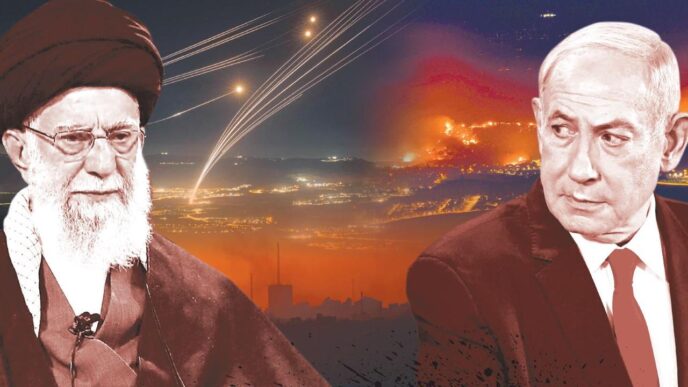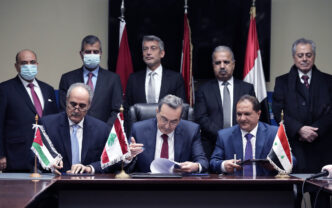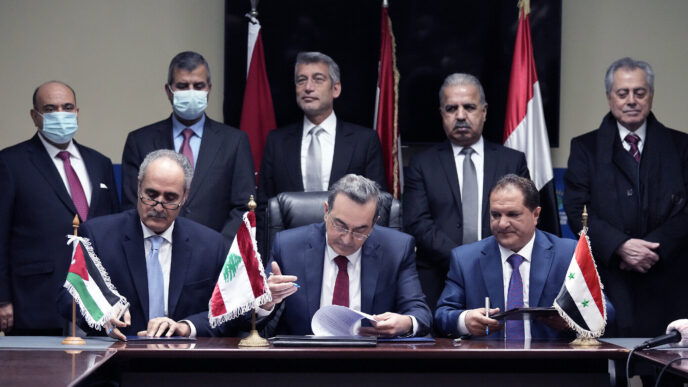The Islamic New Year, also known as the Hijri New Year, marks the beginning of the Islamic lunar calendar and holds deep spiritual meaning for Muslims around the world. In 2025, the New Year is expected to begin on the evening of June 26, ushering in the year 1447 AH.
Unlike other festive holidays, the Islamic New Year is observed in a more reflective and spiritual manner. It commemorates the Hijra—the historic migration of Prophet Muhammad from Mecca to Medina—which laid the foundation for the Islamic calendar.
Significance of the Islamic New Year
The Islamic New Year is a time for introspection, renewal of faith, and gratitude. Muslims often spend the day in prayer, reflection, and time with family. Many take the opportunity to set spiritual goals and remember the sacrifices made during the Prophet’s journey.
How It’s Observed
Observance of the New Year varies across regions. While it is a public holiday in many Muslim-majority countries, including those in the Gulf, celebrations are modest and respectful. In places like the UAE, the government typically announces a public holiday, which in 2025 is likely to fall on Friday, June 27 (subject to moon sighting).
The Lunar Calendar Shift
The Islamic calendar follows the phases of the moon, meaning it is around 10 to 11 days shorter than the Gregorian calendar. As a result, Islamic holidays shift slightly earlier each year. This ongoing movement creates a unique rhythm to the year that aligns with spiritual and natural cycles rather than fixed solar dates.
Looking Ahead
As the year 1447 AH begins, it offers Muslims a renewed opportunity to focus on inner growth, community well-being, and spiritual progress. The Islamic New Year serves not just as a marker of time, but as a meaningful reminder of faith, resilience, and purpose.
In a world filled with noise and conflict, the quiet reflection of the Hijri New Year offers a powerful reset—one that connects millions of people through history, belief, and hope.
